What’s the secret behind finding digital products to sell — and getting sales?
Is it a stroke of entrepreneurial luck?
With so many over-saturated marketplaces with race-to-the-bottom prices and less than average offerings, finding online-business business is like being stuck on a treadmill.
You're going nowhere.
So, how can you change that?
In this article, you’ll discover digital products you can build a business with. And tried and tested marketing tactics to get started — and grow.
Let’s do this!
More...
Why Sell a Digital Product?
If you’re looking for a bootstrapped solution to kick-start your business, digital products offer zero inventory, minimum overheads and no cap on how much you can make or sell.
A digital product is an intangible product that can only be accessed online. In exchange for a purchase, a customer gains access to this product via download, login, or licensing.
Choosing to sell a digital product gives your business sustainability, has much more leverage for growth, and opens up more freedom for you as an entrepreneur.
The great thing about digital products is the minimal production costs. This is more sustainable because it gives you flexibility to keep up with trends and update your product at almost no extra cost.
With digital products, you can focus on creating more, and continuing to grow over time. This is what we call the 80/20 strategy, where you ship at 80% completion in 20% of the time that it would take to do your best work and keep the focus on improving little by little.
What’s more, selling digital products frees you from the location and time constraints of your 9-5 office job. So, you decide when you travel, schedule time with family, and work in your most productive hours.
All-in-all, digital products are a low-cost, scalable online business choice. Now, let’s look at what digital products you can sell and how much it will cost you to set up.
There’s no shortage of digital products to sell online. But which ones are really scalable?
6 Best Digital Products to Sell
It’s important that the digital product you choose plays on the skills that you already have while, at the same time, being something people want.
So, here’s a list of digital products that tick both these boxes.

Educational Products
Online learning offers flexibility, freedom and control over the learning environment — for both teachers and students.
By 2026, the online learning industry is estimated to be worth 374.3 BILLION dollars. With the continuous demand to learn something new, there’s no time like the present to start making online courses.
Online courses allow you to position yourself as a go-to guide for complex topics, by using your knowledge and expertise to offer something valuable and transformative for your students.
To start making your first online course, you need equipment, your tech stack, and your chosen course topic.
Your biggest purchases to make online courses are your equipment and tech stack. But you don’t have to blow your budget on this. For your equipment, a quality mic and a tripod for your phone is all you need. Then using a course builder, such as Thrive Apprentice is more than enough to bootstrap your first course.
When selecting your first online course topic — keep it simple. Solving one problem at a time gives your expertise leverage. It stops you from pouring all that you know into one course, so you can create more, sell more and never run out of content.
With a valuable online course that delivers a transformative outcome, your course deserves a high price tag.
Here’s some simple back-of-the-napkin math…
To get started, your tech stack costs $1000. This is to see you out for your first year. With it, you make an awesome course that you sell for $200.
You only need to sell 5 courses to see that $1000 come back to you.
With minimal investment and even less financial risk, online courses come with the best online business model.
Membership Site
Like the sound of financial stability with monthly recurring revenue?
It’s possible when you build a business around your audience with a membership site.
A membership site is subscription-based business where you grant exclusive access to your content — such as online courses, workshops and tutorials — for a monthly fee. You keep your members engaged with valuable content and interactions in an intimate online space.
Starting a membership site only requires adding membership pages to your website. This includes restrictions, a payment system, and a schedule for your content.
To build a membership site, there are WordPress plugins, like Thrive Apprentice, that allow you to add members areas, login pages, add restrictions to content and even customize who can see what based on their membership status.
People like options. This is why subscription-based models work so well. You can offer payment tiers like Basic, Premium and Pro to give your customers multiple levels of entry and the freedom to opt-out at any time.
To find success in your membership site, you have to be consistent. This comes from a concrete schedule that you can stick to with monthly content releases and assigned activities on specific days to keep your members engaged.
The cost of a membership site is the time you take to create the content and your plugin of choice.
If you choose Thrive Apprentice, this is $97 for the year. So, if you charge your $20 a month for your membership, you’d only need 5 members to make that back.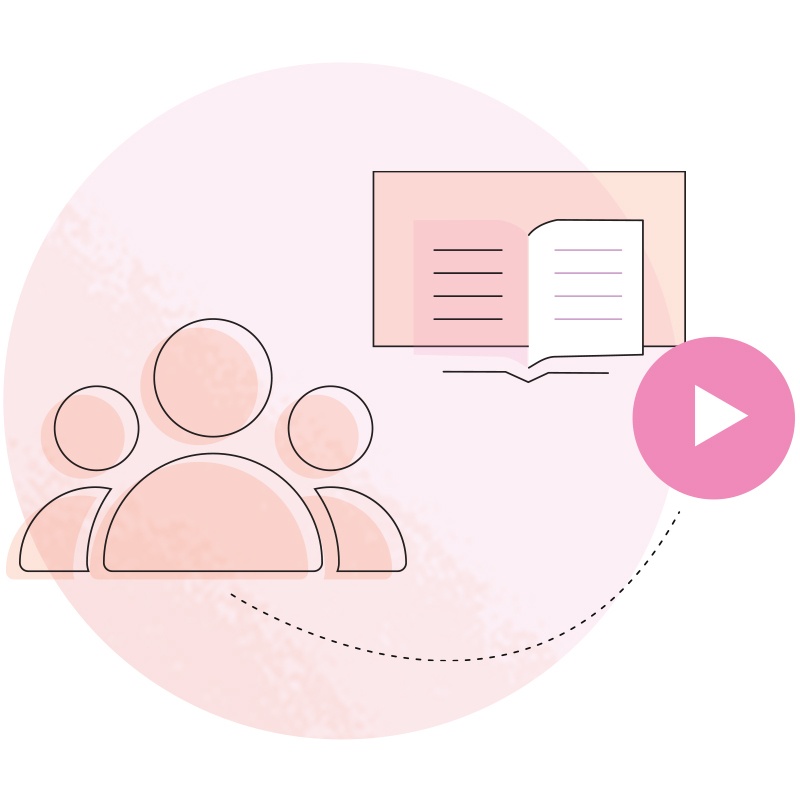
Coaching
People value expertise. But there’s a lot online — and not all of it is sound advice. To reduce the noise, you can offer your services with coaching.
If you provide valuable information as a coach, you can make a profit in this industry — business coaching alone was valued as an $11.2 billion industry in 2022.
You can coach in any niche and the objectives are the same — growth and transformation by identifying problems and finding solutions. This can be in work — to help employees advance in their careers — or personal — improving fitness, health and wellness.
To get started, you need to be specific about what you’re coaching and have a way to schedule and track appointments.
But, trying too hard to be niche often leads to vague and unclear job titles. Don’t make up words — do clearly state what you offer. If no one knows what you do, you won’t find the right clients.
To add your coaching to your website, you need to integrate appointment booking software. Some popular options include Schedule by Acuity or Calendly. Both help to manage your time and average around $14 a month.
For an action-based coaching session, people will pay at least $50 for 1-hour a week.
So, say you get 5 clients, you’re on $1000 a month and have easily covered your setup costs.
Digital Downloads
Creating an asset that is downloadable makes your product easier to access and use.
A digital download can be a plugin, an e-book, a small piece of software such as a Photoshop brush, a font or even simpler products like a downloadable PDF.
The greatest learning curve is knowing how to convert your skill or idea into something that can actually be downloaded and used. Then it’s a matter of licensing your product and putting it online.
The skill set required to make a digital download is dependent on what you’re creating. If you want to make a plugin — you’d need to be a developer, or work with one. However, if you want to make a PDF, you’d just need your expertise and a free design tool to make it.
No matter what you make, you should license or copyright your product. This is a legal agreement that a buyer accepts to by purchasing and downloading your product.
Once online, you don’t want your product to break or feel “dated” as this will affect its long-term value. So keep it updated to follow trends and any software changes.
You can’t pin down the cost of a digital download — there are so many possibilities and variables on what you can create. And the speed that you make that money back is dependent on the type of license that you purchase and then sell your product with.
This is also the greatest benefit of digital downloads — there are zero limitations.
Licenses to Stock Content
Stock content is a digital product to sell for creatives. It allows you to build a collection of products that require little upkeep, so you can focus on creating more.
To sell stock content, you offer a license to use your content a certain number of times.
You just need to digitize your work, and decide on your licensing type before selling it.
Good stock content is high in quality. So, if you’re selling photos — they need to be high res. And if you’re selling music — the production and sound must to be crisp. To get this, invest in good equipment, and you’ll see that money come back to you.
The most important part of stock content is the licensing agreement. The terms and costs will vary depending on what your content is used for and how many times you want people to use it.
You might be inclined to jump straight for marketplaces at the sign of the words ‘stock content’ — it’s the most well-known way to sell it.
But stock marketplaces come with race-to-the-bottom pricing and up to 50% in fees that result in your profits going to them.
Whereas with conversion-focused marketing and sales strategies, you can sell your stock content on your website — and you get to keep all of your money with minimum fees.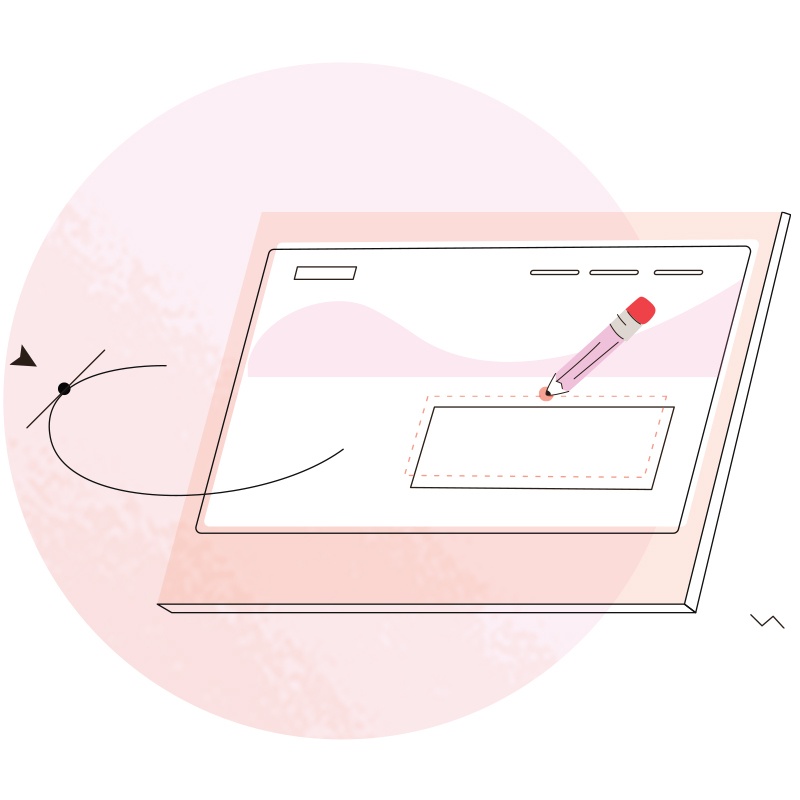
Graphic Art
People want original, on-brand, visual content.
The graphic design industry alone was valued at 45.8 billion in 2021, and the majority of this is from freelance work — it’s a competitive but fruitful industry.
Graphic art sold as a digital product is graphic design, vector art, icons, clip art, digital downloads of artworks, video, and social media design.
To create graphic art, you need to tailor your skillset and master the digital tools needed to start your business.
The transition from making art with your hands to digital graphic art is overwhelming. So, to find a way over this hurdle, look into what customers want, and then tailor your skills to match.
Let’s take drawing as an example. To transition into digital work, learning how to use a smartpen and board is a good place to start. This allows you to draw digitally when paired with software, like Clip Studio Paint.
To purchase a smart board and pen is $50. Plus another $49 one-off payment for Clip Studio Paint.
A graphic artist can charge anything from $25 to $60 per hour for a project, depending on experience and ability. So, you’d only need one client to get this money back and profit.
Digital products and how you can get set up.
Now you know what sort of digital products you can sell and how to get set up, we’re going to go find ways to market your product even if you don’t have an audience yet.
Get your notepad ready!

To sell your digital products you’ve got to build trust and authority to make your product the first choice.
6 Steps to Market and Sell Digital Products
Heads up — you’re not going to find success overnight.
Building a business is not about luck — it’s about long-term strategies that build authority, trust and then get you to a point of sale.
Let’s walk through some tried and tested steps that will show you how to sell digital products by being consistent and improving over time following the 80/20 strategy.
Build Your Own Website
To sell your product, people need to be able to find it.
Popular digital product marketplaces and SaaS platforms may seem like the easiest options, but between the constant battles for the spotlight and sky-high commission fees — the only business your scaling is theirs.
When you have your own website, you have the space to market and sell your way, without competing against race-to-the-bottom prices. The best platform to sell digital products on is your own.
And you can do this with a self-hosted website on WordPress.
To help you build, market and sell on your website on WordPress, you have access to hundreds of thousands of plugins. Options like Thrive Suite, pack in a powerhouse of tools supported by heaps of content to learn how to build your business.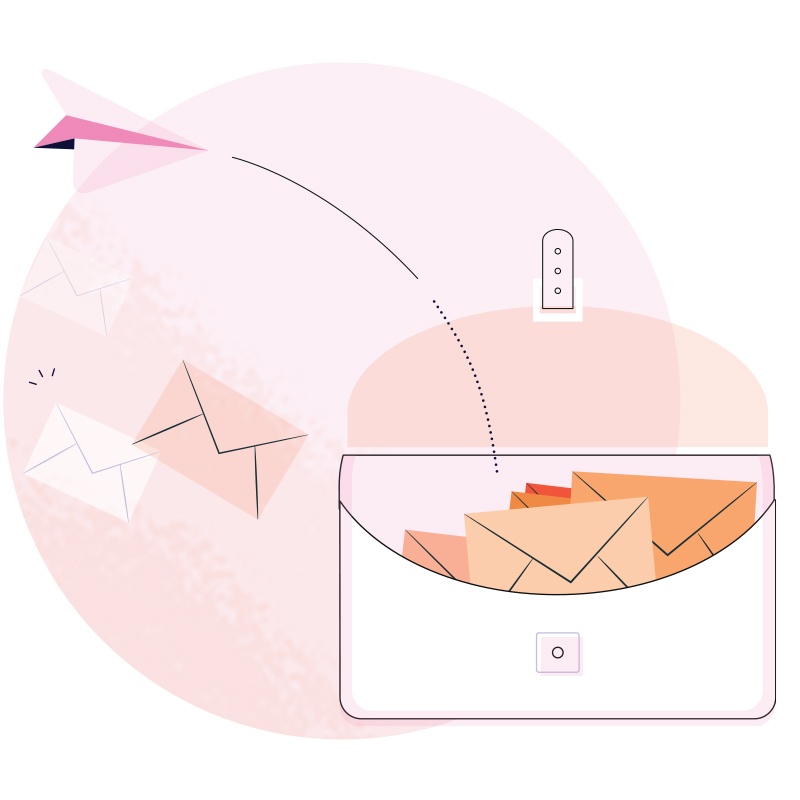
Lead Generation
You can’t expect first-time visitors to your website to buy your product straight off the bat. Only about 8% of website visitors actually come to your website with the intent of buying something.
To hook people into sticking around, you need to create multiple touch points for your customers to connect with.
Lead generation creates low barriers of entry to your business. It’s a strategy to build your mailing list by offering something of value for free or at a discounted rate.
To create a lead generation strategy for your business, you need a freebie or discounted product, have somewhere for your visitors to find that product, and to pay attention to what works, and what doesn’t.
Your freebie or discounted product should be something closely related to your main product that promises an achievable, transformative goal and solves a problem.
To access this product, you need a landing page. This is where you can explain the benefits of getting this product — the transformative outcome — and what the visitor needs to do to get it, sign up to your mailing list.
Lead generation isn’t a one-fits-all strategy. You have to monitor, experiment and adjust over time to see your mailing list grow. Send follow-up emails, ask for feedback and adapt as necessary.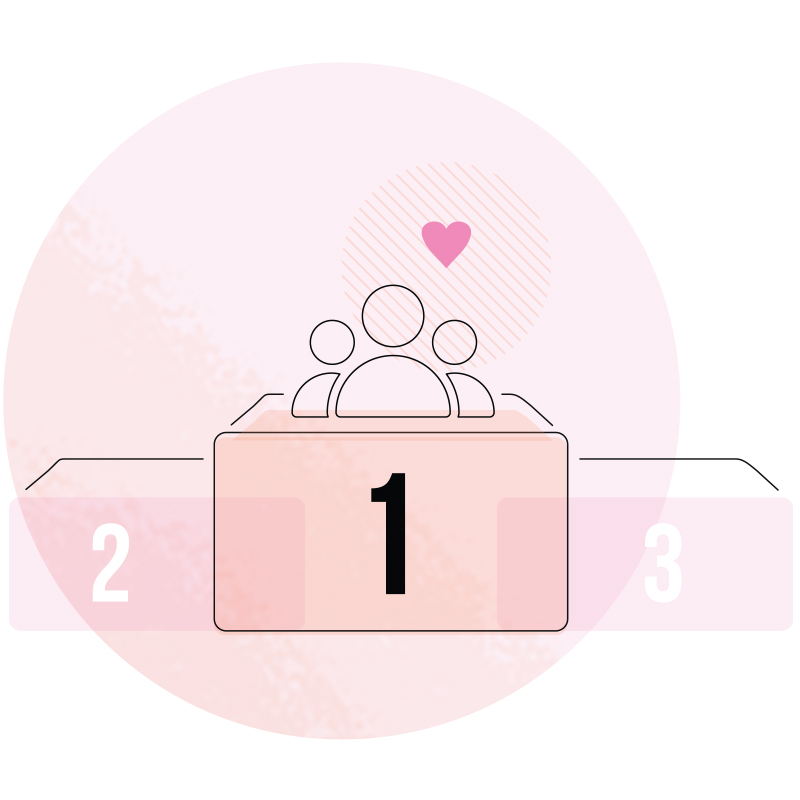
Customer First Approach
You think up your idea and create your business plan focused on what you want to create — but who cares?
Here’s an uncomfortable truth — you don’t know if anyone does. To find out how to sell a digital product, you’ve got to flip the switch by putting the customer first.
Successful businesses are built around asking what people want. The customer-first approach helps you model your business around the ‘who, what, when and where’ of the problem your product solves by talking to your customers.
To take a customer-first approach, you can start by offering a free service, listening, collecting data, and learn how you can solve problems.
Invite people to a free coaching session, or Q&A-style webinar. Ask questions related to a problem that your product solves. Listen and give one piece of advice that could resolve the problems in question.
This initial interaction is your leverage. If you prove your worth, and resolve a problem — these could be your first customers. After your webinar or coaching sessions, don’t leave it there. Follow up and ask how it’s going — if the feedback is good, this is where to sell your digital product.
For more on this, there is a podcast series dedicated to this approach called Forget About Traffic Generation — it will change the way you do things!
Repeat Exposure
The more people see you, the more you become a go-to, trusted resource in your niche. The more people will want to buy from you.
Repeat exposure is the “be everywhere strategy”.
You create different types of content, such as podcasts, videos, blog posts, features, and ask other businesses’ in your niche to post it on their platforms.
To start your “be everywhere strategy”, you need to have a product or content piece that shows what you can do first. Then, make contacts, borrow authority and repeat.
The first step to be everywhere is connecting with other people in your niche selling digital products online. To demonstrate your skills, ask to create a guest post on their platform and link to your website.
When you borrow authority, you borrow trust. You’re using another businesses’ platform to get in front of their audience. In agreeing to do so, you’re being presented as an authority that’s been approved by them. So your content has to be awesome!
Reach out to businesses that use different platforms. Create different types of content. And keep going. The “be everywhere strategy” is only useful when it’s repeated.
Instead of shooting too high and failing, repeat exposure starts with the people that are equal to or a little bigger than your business. Take small steps and you’ll achieve more. At some point, you’ll get to the bigger companies.
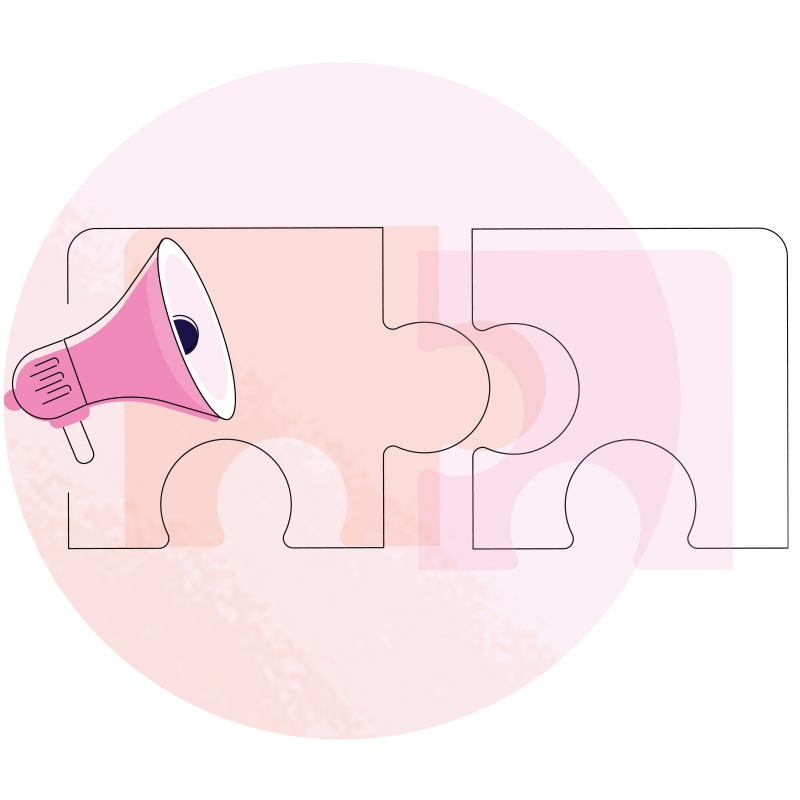
Affiliate Marketing
Don’t know where to sell your digital products?
Offload some of the heavy-lifting and reach a much wider audience by working with other companies.
An affiliate is a connection that helps promote your product. It’s a company that features links to your products in their mailing list and on their website in exchange for commission on any purchases made.
To start out in affiliate marketing, you have to offer something beneficial to your potential affiliates, be flexible, and do most of the work for them.
Offer an irresistible deal to attract an affiliates interest, and put a time limit on it. For example, you can grandfather affiliates into higher commission rates during your launch period.
Different companies promote content in different ways. To help your affiliates to earn commissions, cater to a variety of marketing styles by adding in freebies or email templates along with your links.
Which leads to the final point, you need to hold up your end of the deal. They don’t know your product like you do, so do the work for them. Have copy swipe files with all your product descriptions and supporting content ready for them to use.
Finding success in using affiliate marketing to sell digital products online comes from clear communication!

SEO
When you’re known for being the one with all the answers, people trust you, and eventually — will buy from you.
SEO is search engine optimization. It attracts people to your website by creating content that answers a question — and therefore, resolves a problem.
To create SEO content, you’ve got to find the questions that people are asking, answer it thoroughly, and be unique — so NO copycat content.
People search the internet to find answers to one problem at a time. Do your research, find out what these problems are, and focus on them. One. at. a. time. Valuable content talks to a specific audience, instead grazing over several, creating washy content.
People remember content that helps them learn something, not regurgitate the basics. If you can’t find the answer to a question online — WRITE IT. And fill the knowledge gap with your content. This is the best kind of SEO content that you can create.
Ready to Start Selling?
Now, you’ve got solid foundations to work from — you’ve got lots of work to do!
But there’s a little more where that came from…
For a hands-on approach to building an online business check out our Premium course, Audience From Scratch. It’s a step-by-step guide to the “audience-building master plan” — a tried and tested method to start building, marketing and selling digital products as early as next week.

